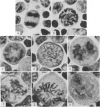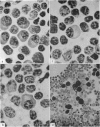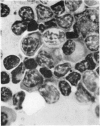Abstract
The cytological events of the primary and secondary immune response in the popliteal lymph node of Swiss White mice were studied following administration of sheep erythrocytes into the hind footpad. Four morphological features of cellular activity of immunologically competent cells—basophilia, synthesis of RNA, mitotic activity and distinctive cellular morphology—were analysed, and correlated with previous studies of 19S and 7S antibody forming cellular activity employing plaque assays performed on the residual lymphoid tissue remaining after production of node imprints.
The findings support the view that 19S and 7S antibody forming cells in the primary immune response are derived from two populations of cellular precursors. It is suggested that the lymphoid cell producing 19S immunoglobulin arises by transformation from the reticular cell following activation by antigen, while the 7S antibody forming cell arises from the small lymphocyte following some degree of initial transformation and subsequent cellular proliferation. The possibility that the 7S antibody forming cells had passed through a transient period of biosynthesis of 19S antibody was suggested in the present studies. Finally, evidence was provided for the presence of two morphological types of plasma cells, which, by virtue of their appearance at different stages of the primary immune response, could represent cells producing different immunoglobulins at varying rates of protein biosynthesis.
Full text
PDF
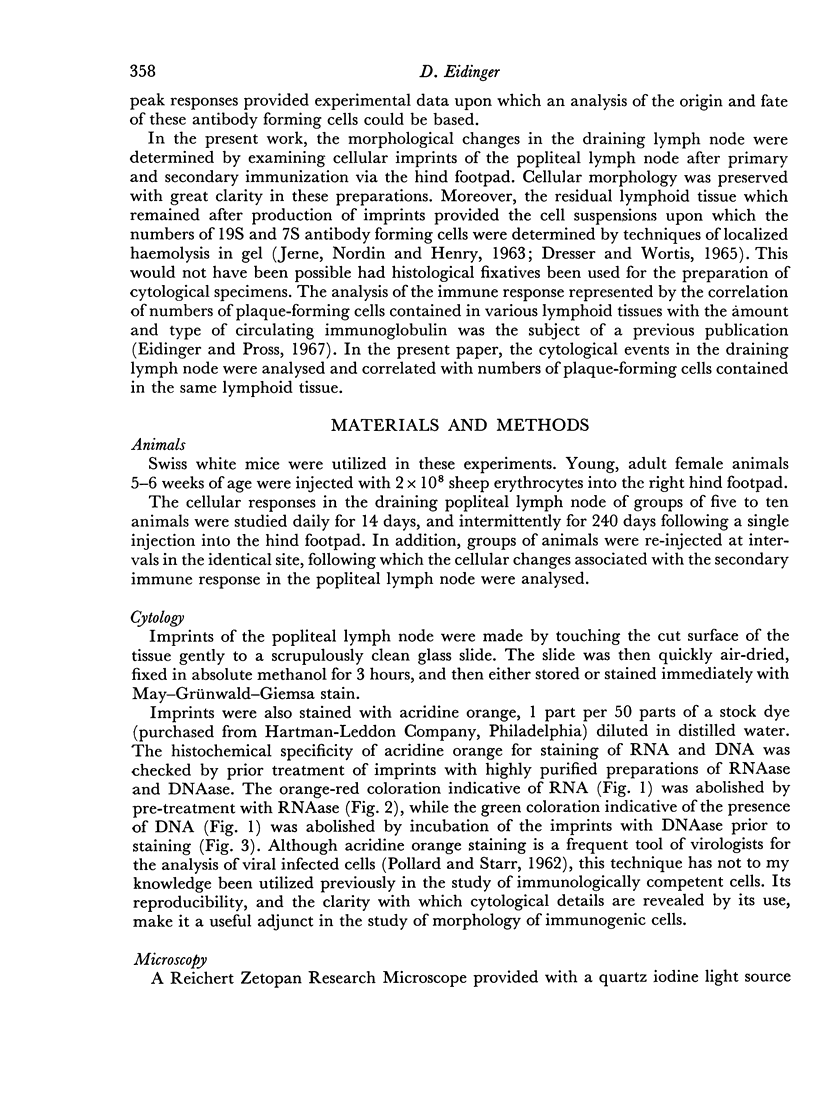
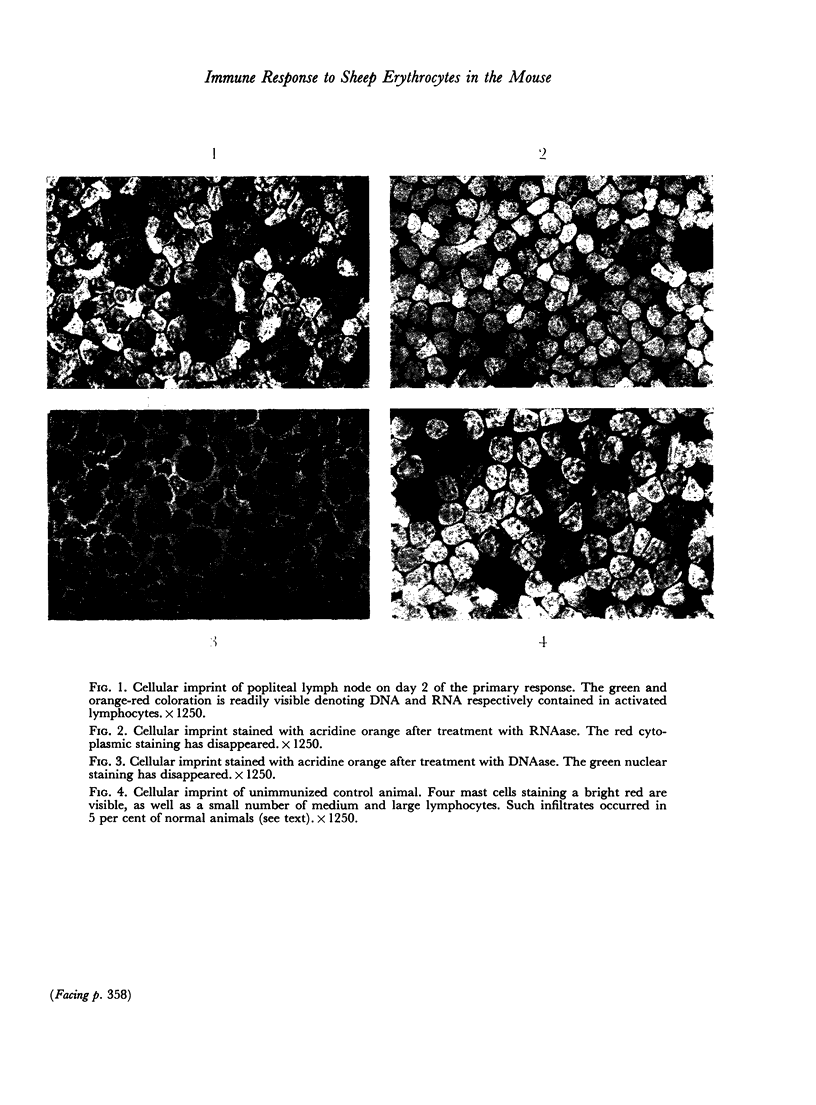
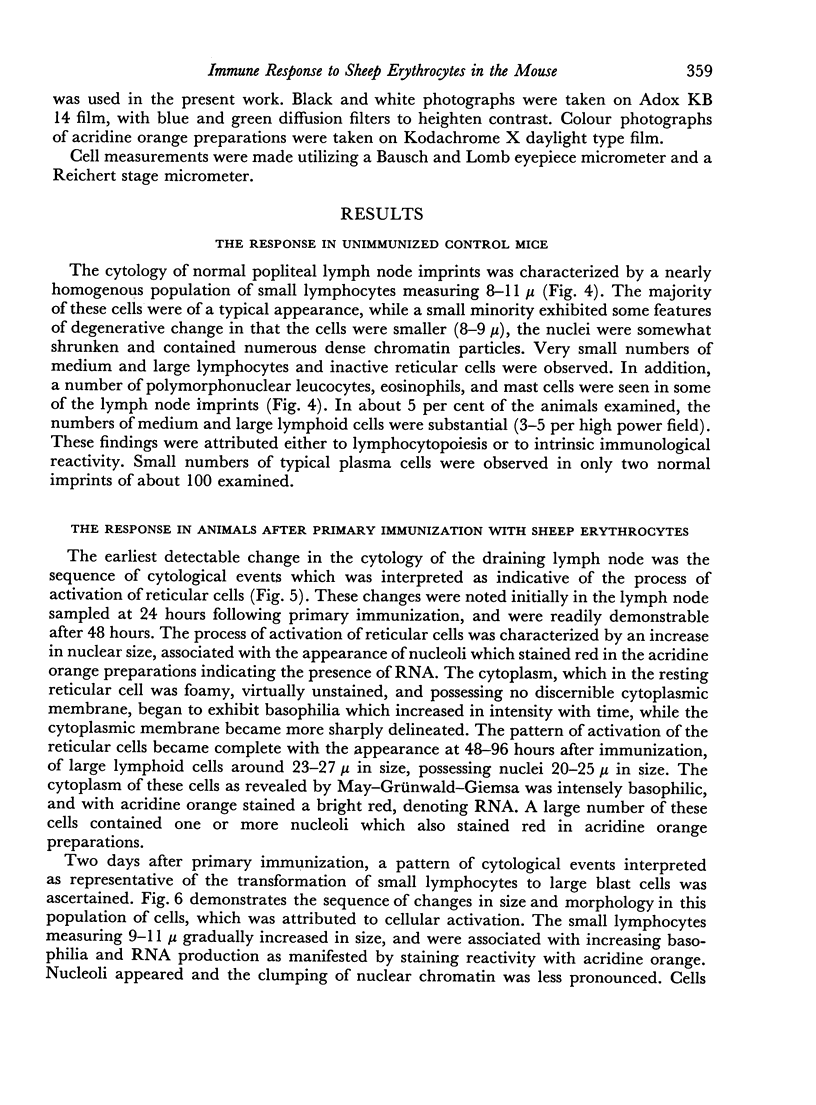
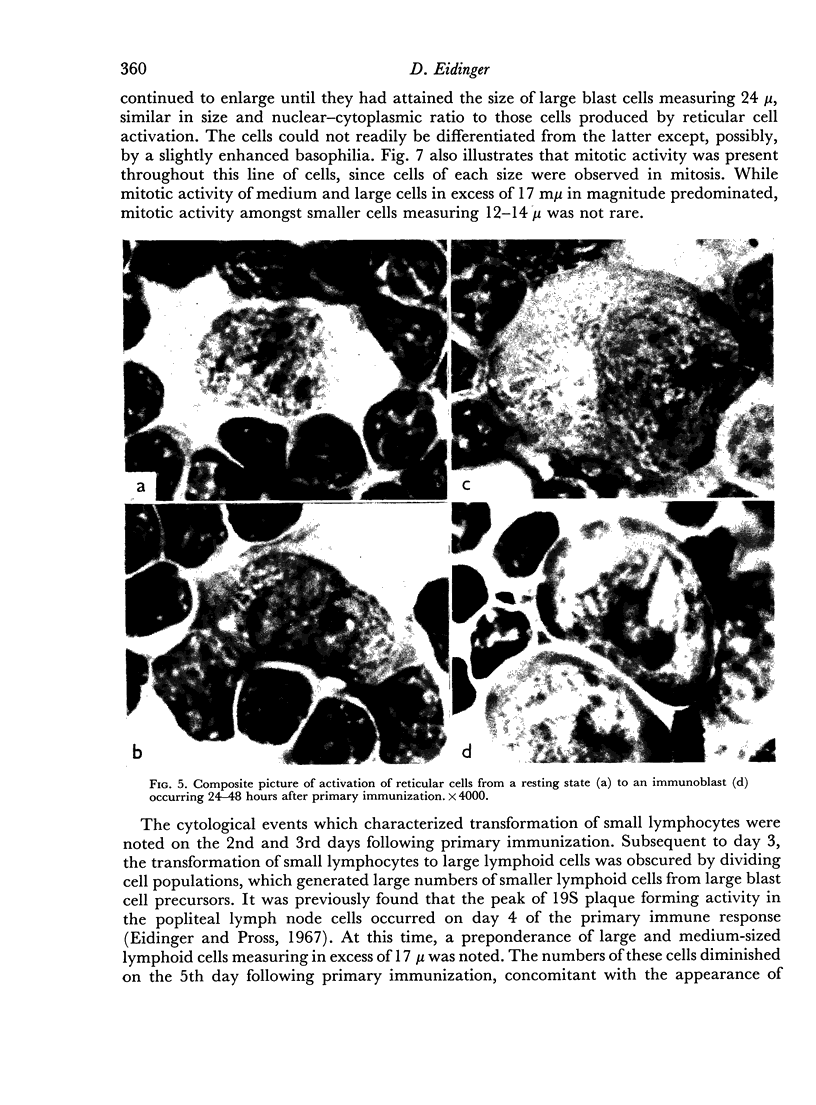
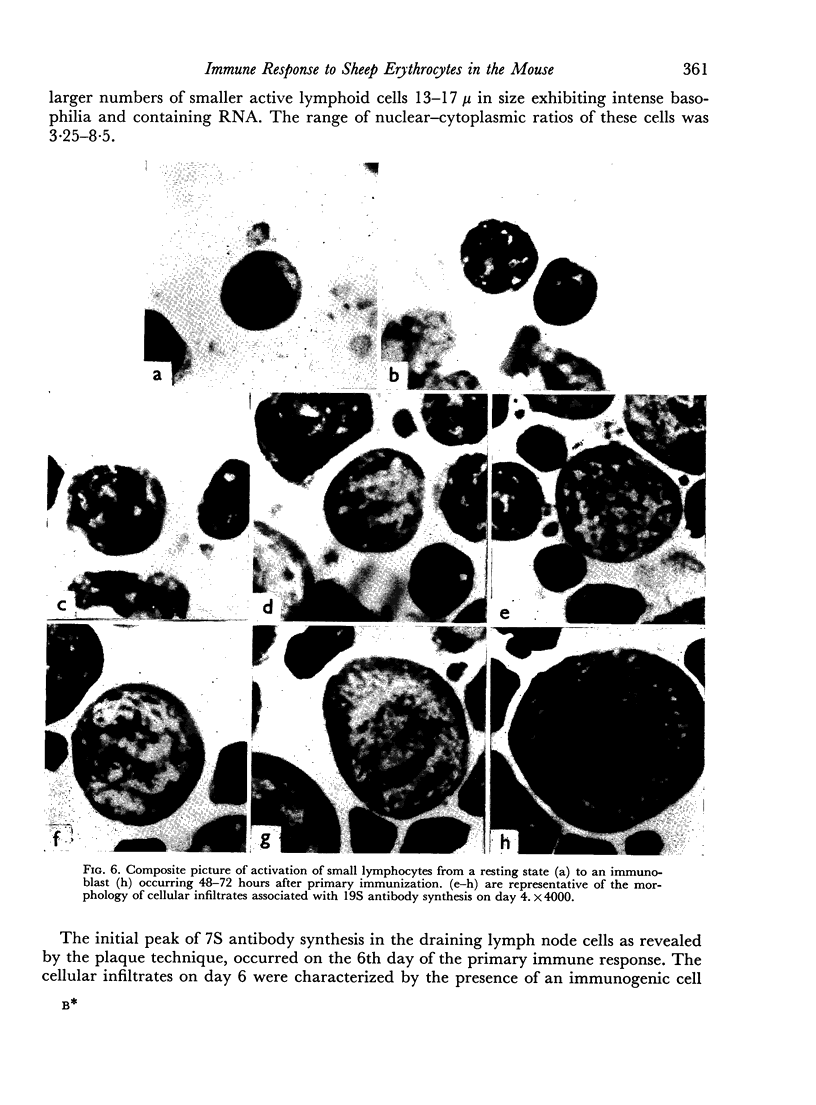
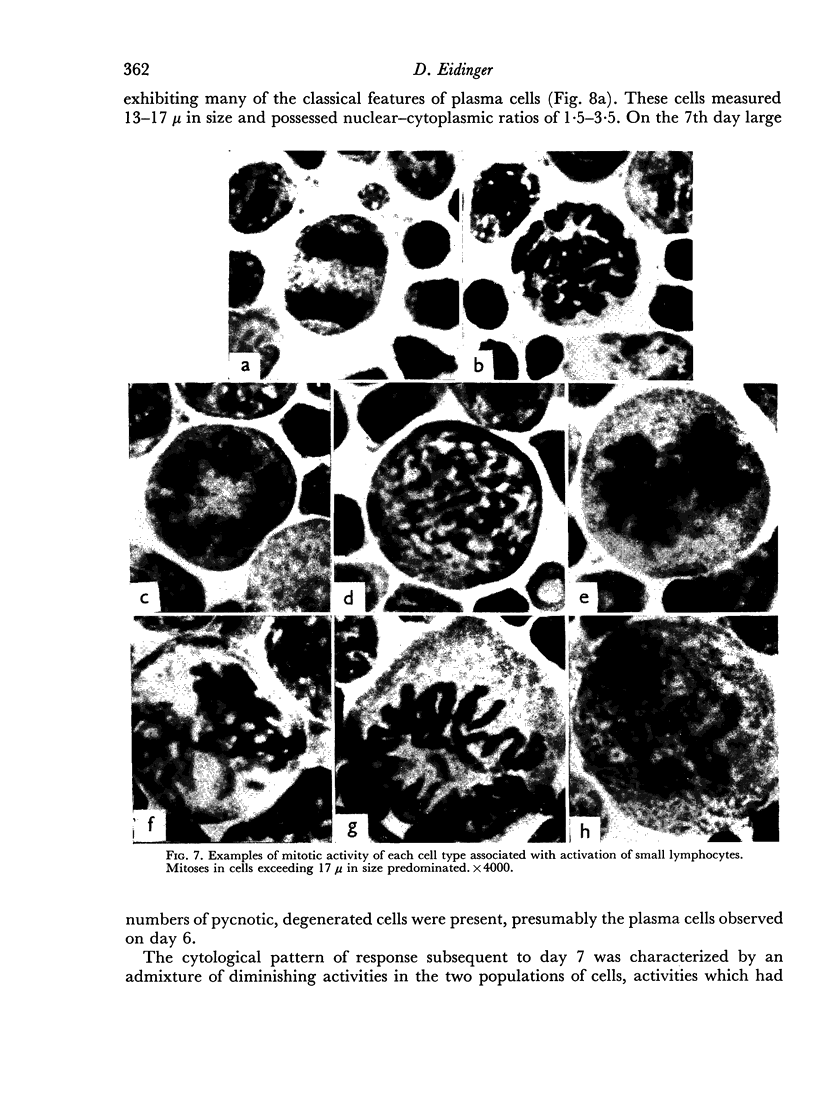
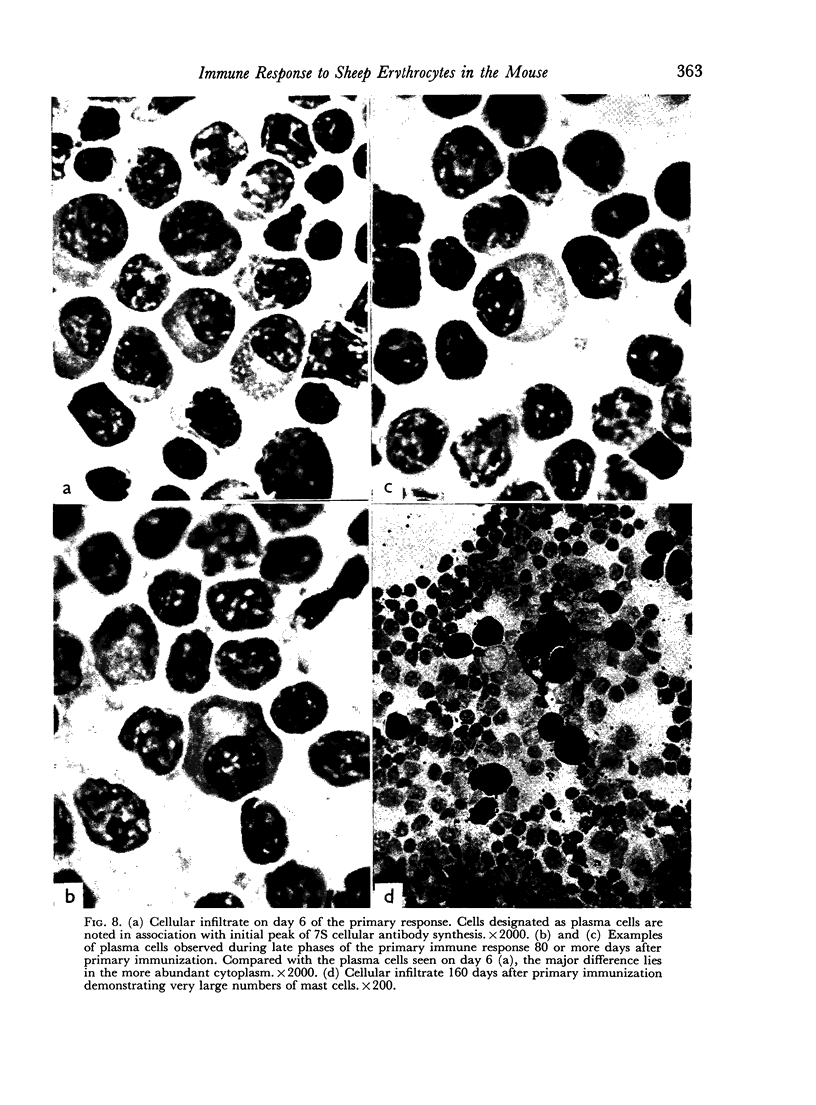
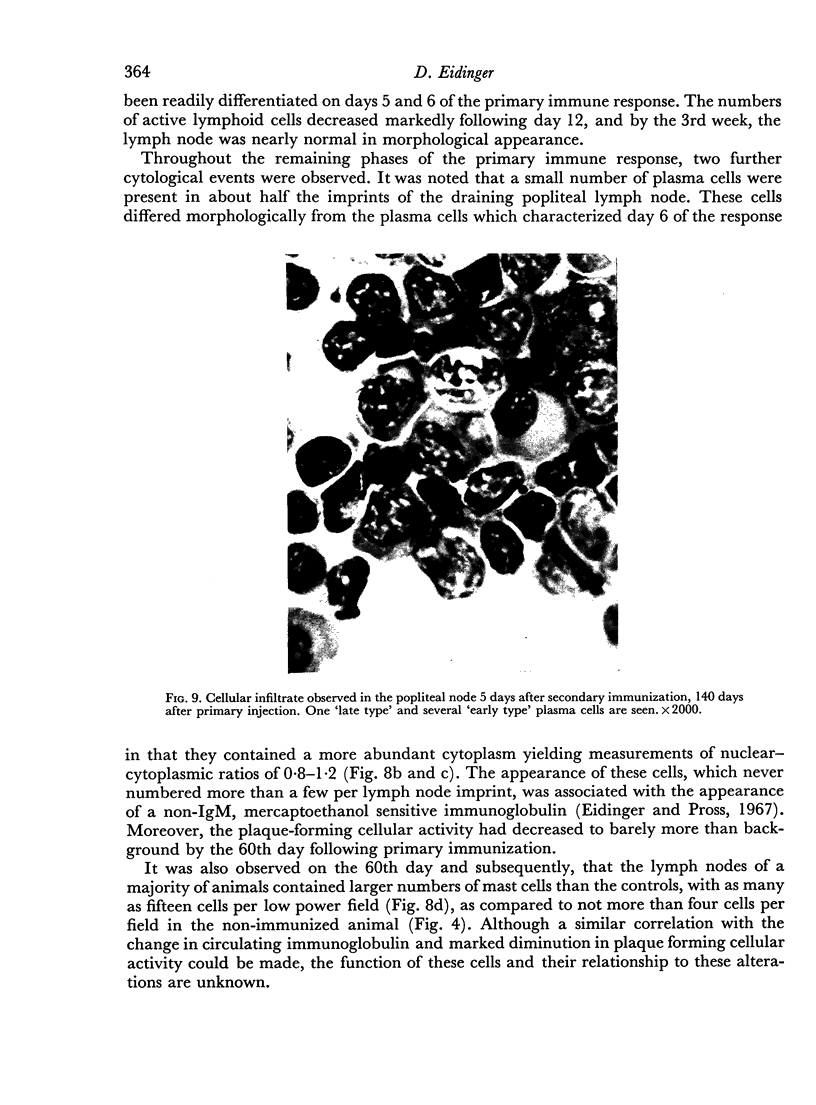
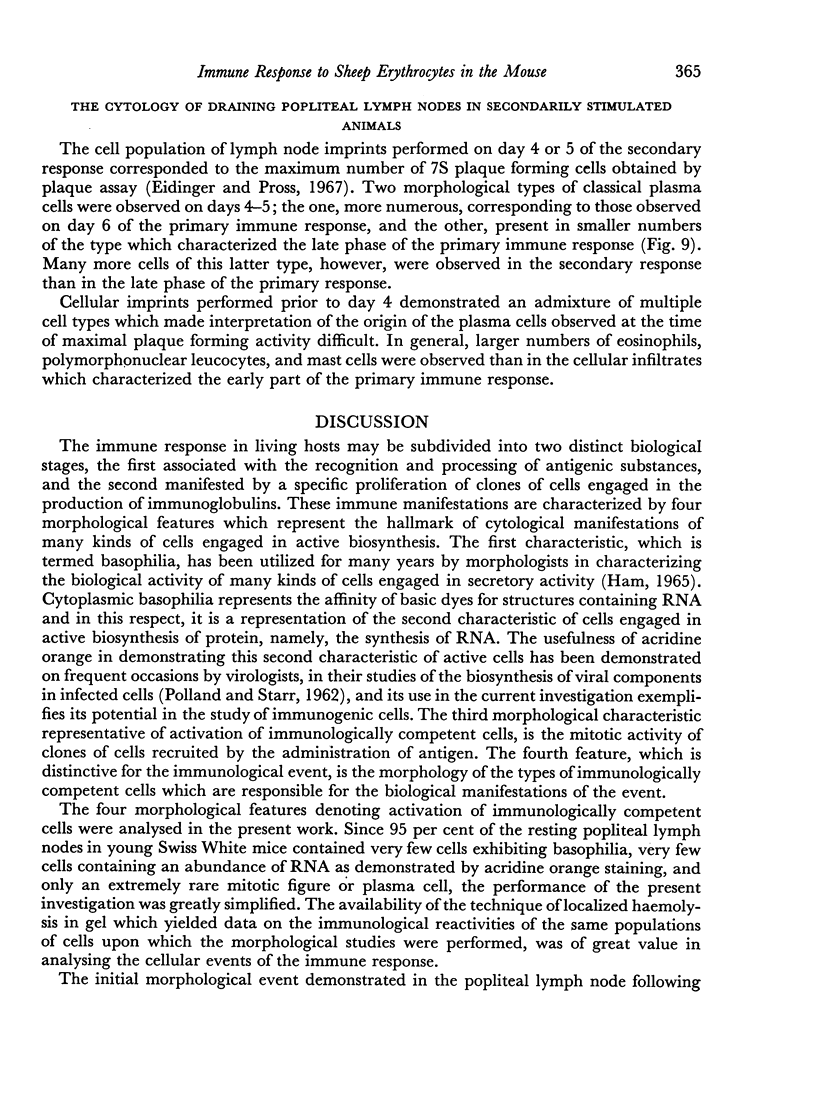
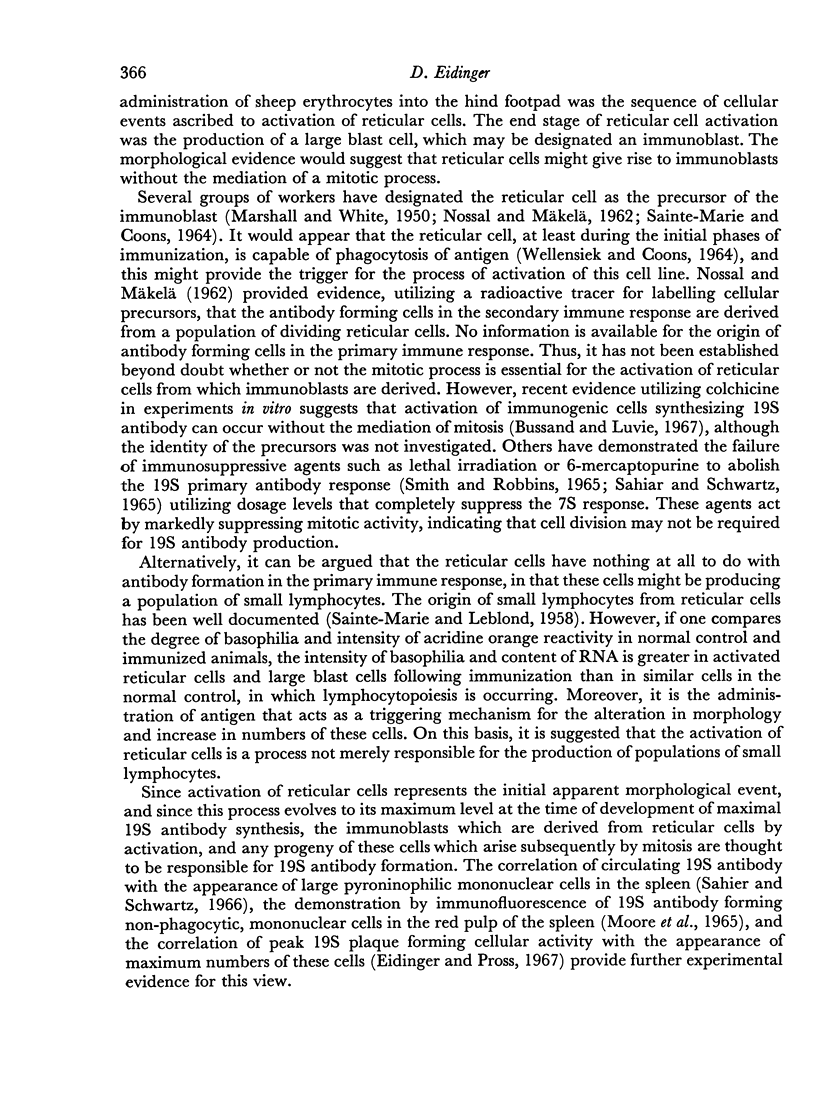
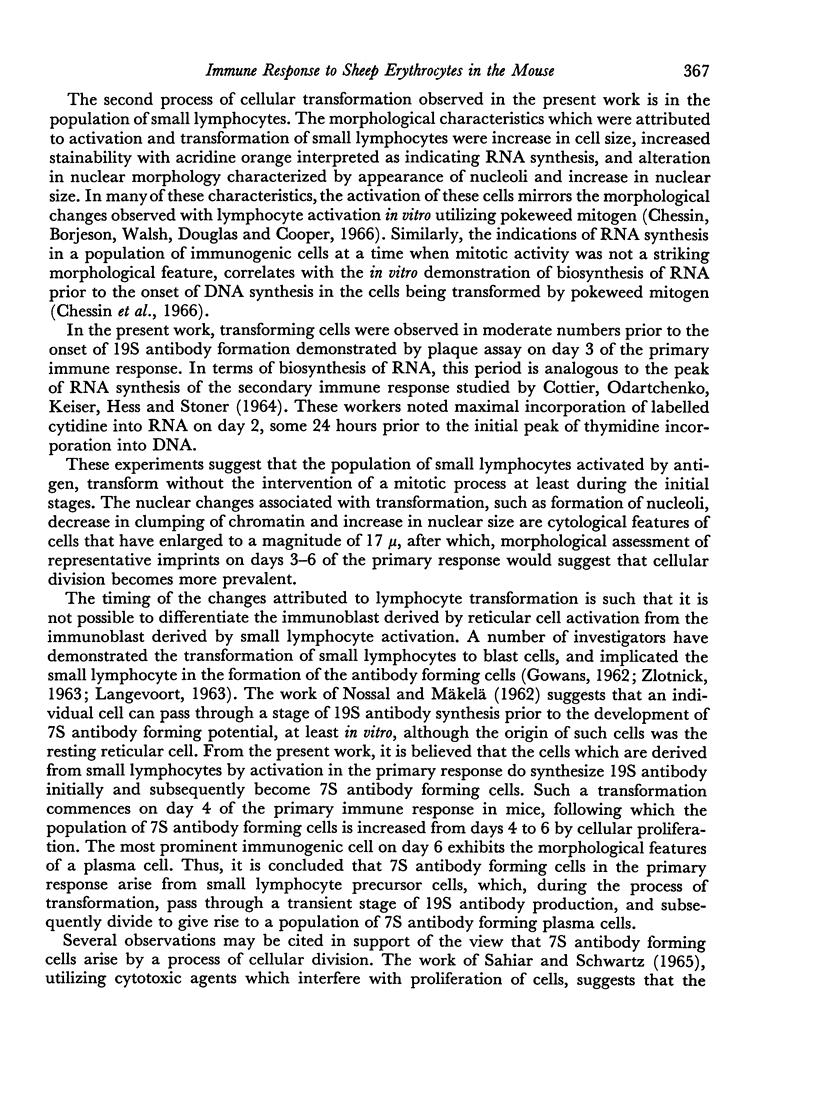
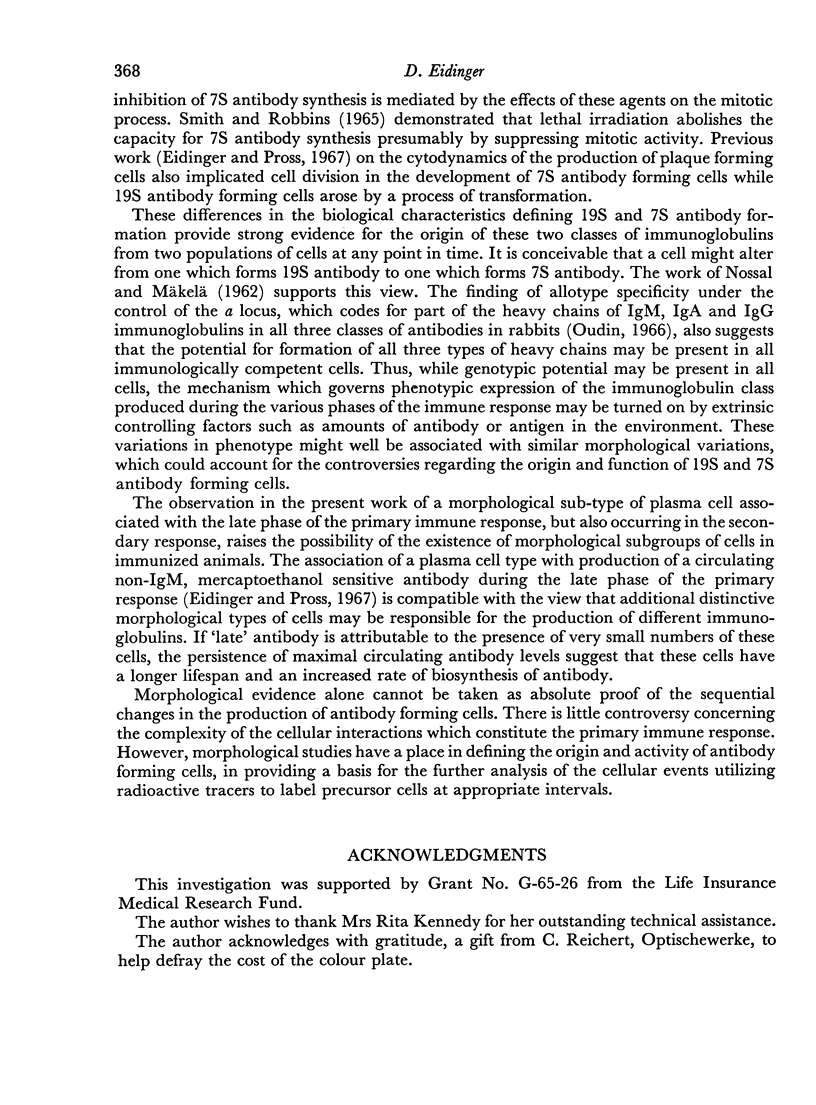
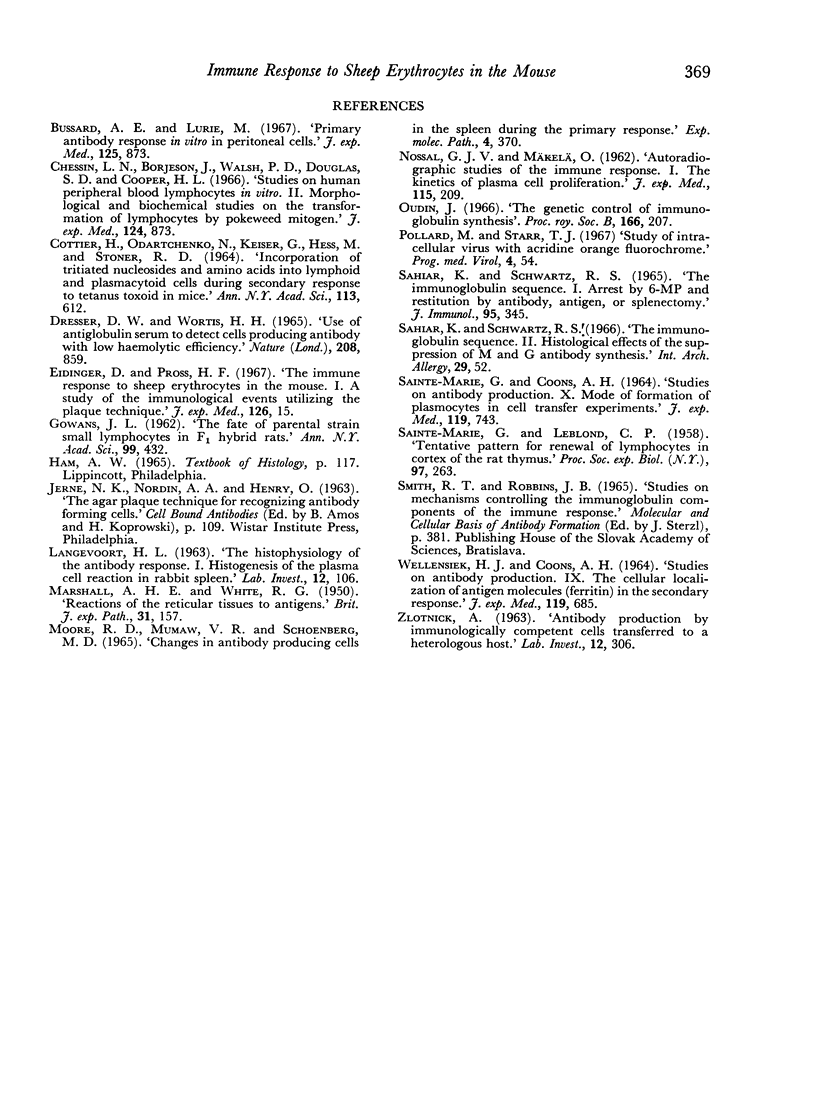
Images in this article
Selected References
These references are in PubMed. This may not be the complete list of references from this article.
- Bussard A. E., Lurie M. Primary antibody response in vitro in peritoneal cells. J Exp Med. 1967 May 1;125(5):873–892. doi: 10.1084/jem.125.5.873. [DOI] [PMC free article] [PubMed] [Google Scholar]
- COTTIER H., ODARTCHENKO N., KEISER G., HESS M., STONER R. D. INCORPORATION OF TRITIATED NUCLEOSIDES AND AMINO ACIDS INTO LYMPHOID AND PLASMOCYTOID CELLS DURING SECONDARY RESPONSE TO TETANUS TOXOID IN MICE. Ann N Y Acad Sci. 1964 Feb 28;113:612–626. doi: 10.1111/j.1749-6632.1964.tb40694.x. [DOI] [PubMed] [Google Scholar]
- Chessin L. N., Börjeson J., Welsh P. D., Douglas S. D., Cooper H. L. Studies on human peripheral blood lymphocytes in vitro. II. Morphological and biochemical studies on the transformation of lymphocytes by pokeweed mitogen. J Exp Med. 1966 Nov 1;124(5):873–884. doi: 10.1084/jem.124.5.873. [DOI] [PMC free article] [PubMed] [Google Scholar]
- Dresser D. W., Wortis D. H. Use of an antiglobulin serum to detect cells producing antibody with low haemolytic efficiency. Nature. 1965 Nov 27;208(5013):859–861. doi: 10.1038/208859a0. [DOI] [PubMed] [Google Scholar]
- Eidinger D., Pross H. F. The immune response to sheep erythrocytes in the mouse. I. A study of the immunological events utilizing the plaque technique. J Exp Med. 1967 Jul 1;126(1):15–33. doi: 10.1084/jem.126.1.15. [DOI] [PMC free article] [PubMed] [Google Scholar]
- GOWANS J. L. The fate of parental strain small lymphocytes in F1 hybrid rats. Ann N Y Acad Sci. 1962 Oct 24;99:432–455. doi: 10.1111/j.1749-6632.1962.tb45326.x. [DOI] [PubMed] [Google Scholar]
- LANGEVOORT H. L. The histophysiology of the antibody response. I. Histogenesis of the plasma cell reaction in rabbit spleen. Lab Invest. 1963 Jan;12:106–118. [PubMed] [Google Scholar]
- MARSHALL A. H. E., WHITE R. G. Reactions of the reticular tissues to antigens. Br J Exp Pathol. 1950 Apr;31(2):157–174. [PMC free article] [PubMed] [Google Scholar]
- NOSSAL G. J., MAKELA O. Autoradiographic studies on the immune response.I. The kinetics of plasma cell proliferation. J Exp Med. 1962 Jan 1;115:209–230. doi: 10.1084/jem.115.1.209. [DOI] [PMC free article] [PubMed] [Google Scholar]
- Oudin J. The genetic control of immunoglobulin synthesis. Proc R Soc Lond B Biol Sci. 1966 Nov 22;166(1003):207–221. doi: 10.1098/rspb.1966.0094. [DOI] [PubMed] [Google Scholar]
- SAINTE-MARIE G., COONS A. H. STUDIES ON ANTIBODY PRODUCTION X. MODE OF FORMATION OF PLASMOCYTES IN CELL TRANSFER EXPERIMENTS. J Exp Med. 1964 May 1;119:743–760. doi: 10.1084/jem.119.5.743. [DOI] [PMC free article] [PubMed] [Google Scholar]
- SAINTE-MARIE G., LEBLOND C. P. Tentative pattern for renewal of lymphocytes in cortex of the rat thymus. Proc Soc Exp Biol Med. 1958 Feb;97(2):263–270. doi: 10.3181/00379727-97-23710. [DOI] [PubMed] [Google Scholar]
- Sahiar K., Schwartz R. S. The immunoglobulin sequence. I. Arrest by 6-mercaptopurine and restitution by antibody, antigen or splenectomy. J Immunol. 1965 Aug;95(2):345–354. [PubMed] [Google Scholar]
- WELLENSIEK H. J., COONS A. H. STUDIES ON ANTIBODY PRODUCTION. IX. THE CELLULAR LOCALIZATION OF ANTIGEN MOLECULES (FERRITIN) IN THE SECONDARY RESPONSE. J Exp Med. 1964 Apr 1;119:685–696. doi: 10.1084/jem.119.4.685. [DOI] [PMC free article] [PubMed] [Google Scholar]
- ZLOTNICK A. Antibody production by immunologically competent cells transferred to a heterologous host. Lab Invest. 1963 Mar;12:306–315. [PubMed] [Google Scholar]









